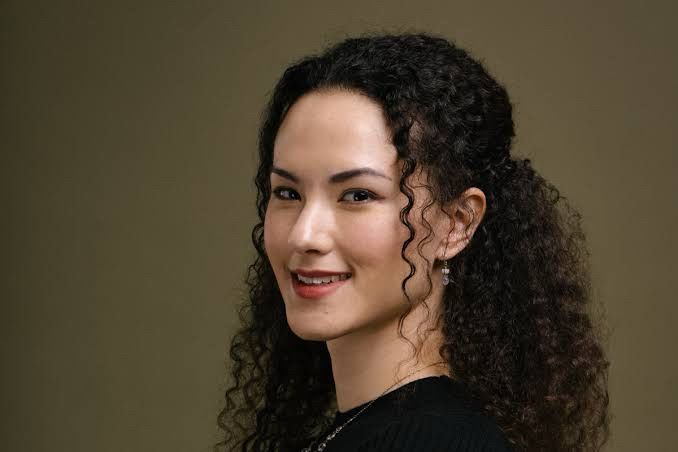Dr David Allen DPH FAFOEM
@drdavidallen.bsky.social
440 followers
230 following
14 posts
Occupational and Environmental Physician. Adjunct Associate Professor. The Safer Air Project https://bsky.app/profile/saferairproject.bsky.social
Posts
Media
Videos
Starter Packs
Reposted by Dr David Allen DPH FAFOEM
Reposted by Dr David Allen DPH FAFOEM
Reposted by Dr David Allen DPH FAFOEM
Reposted by Dr David Allen DPH FAFOEM
Reposted by Dr David Allen DPH FAFOEM
Reposted by Dr David Allen DPH FAFOEM
Reposted by Dr David Allen DPH FAFOEM
Reposted by Dr David Allen DPH FAFOEM
Reposted by Dr David Allen DPH FAFOEM



![In unadjusted analyses, the mean weekly ratio between hospital-onset and community-onset infections increased from 2.9% prior to Omicron dominance to 7.6% (95% CI, 6.0%-9.1%) during Omicron dominance. After universal masking and testing ended, it increased to 15.5% (95% CI, 13.6%-17.4%), then fell to 8.0% (95% CI, 5.0%-11.0%) following resumption of masking among health care workers. Under the adjusted Poisson model (Figure), cessation of universal masking and testing was associated with a 25% increase in hospital-onset respiratory viral infections compared with the preceding Omicron-dominant period (rate ratio [RR], 1.25; 95% CI, 1.02-1.53), and resumption of masking among staff was associated with a 33% decrease in hospital-onset respiratory viral infections (RR, 0.67; 95% CI, 0.52-0.85).](https://cdn.bsky.app/img/feed_thumbnail/plain/did:plc:ou6sjyhswn7s3qyfqhw7mbk6/bafkreidt6unblorj2gvpt3yv5cdnyveps6weacjjtmoz5d4vtrwy7244hu@jpeg)





